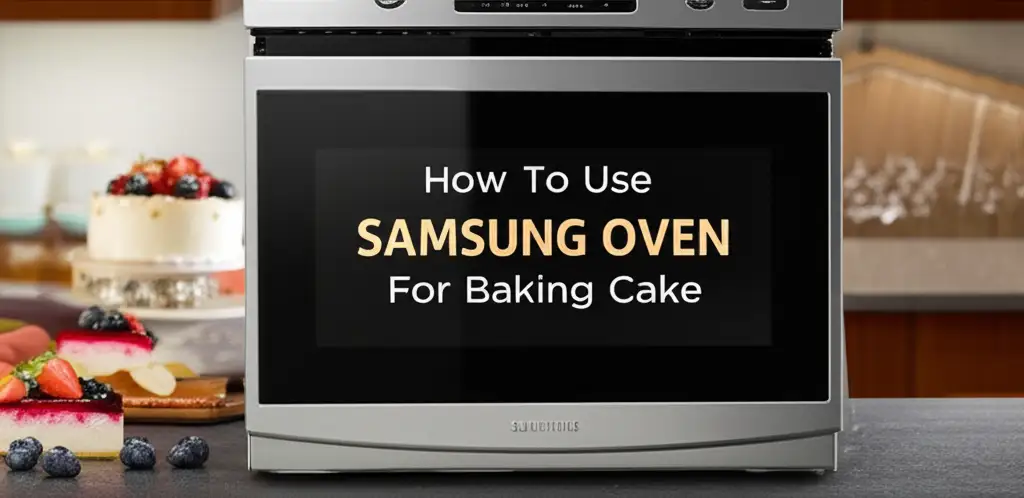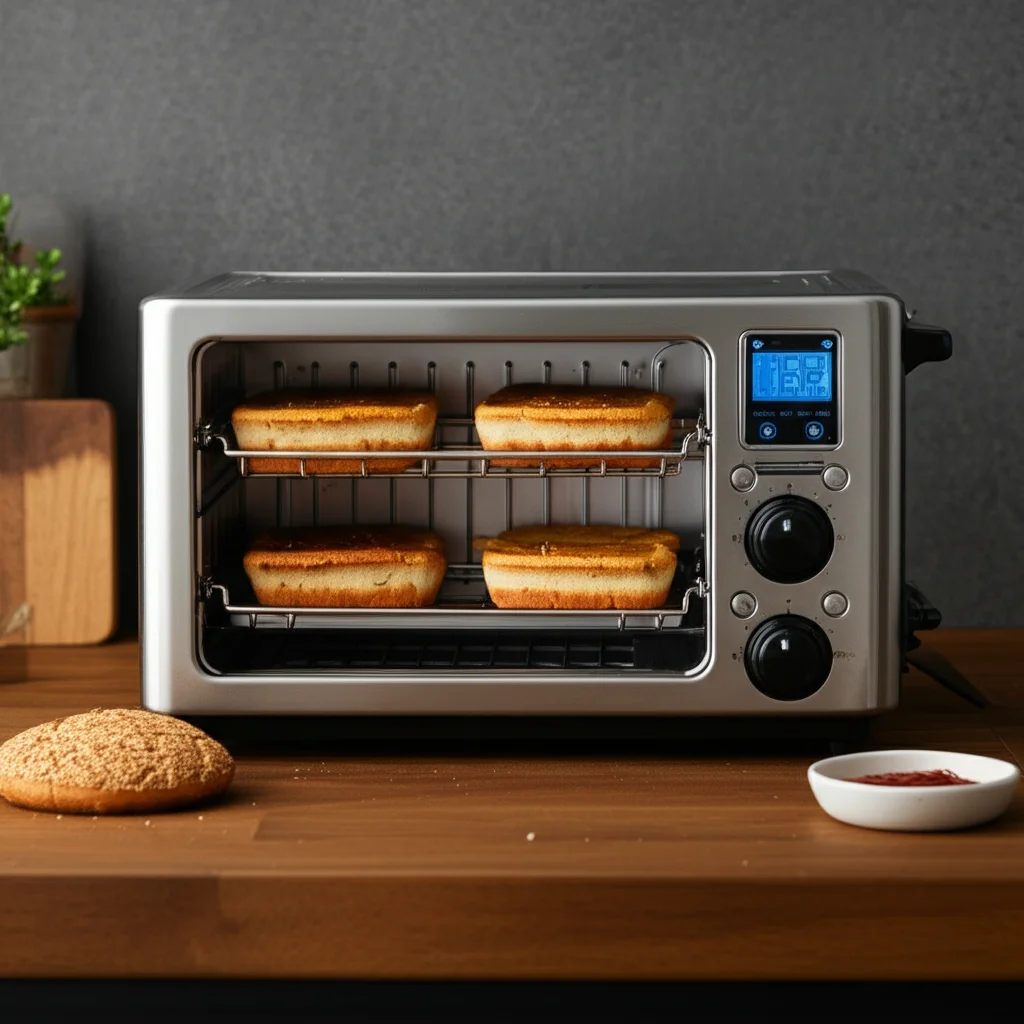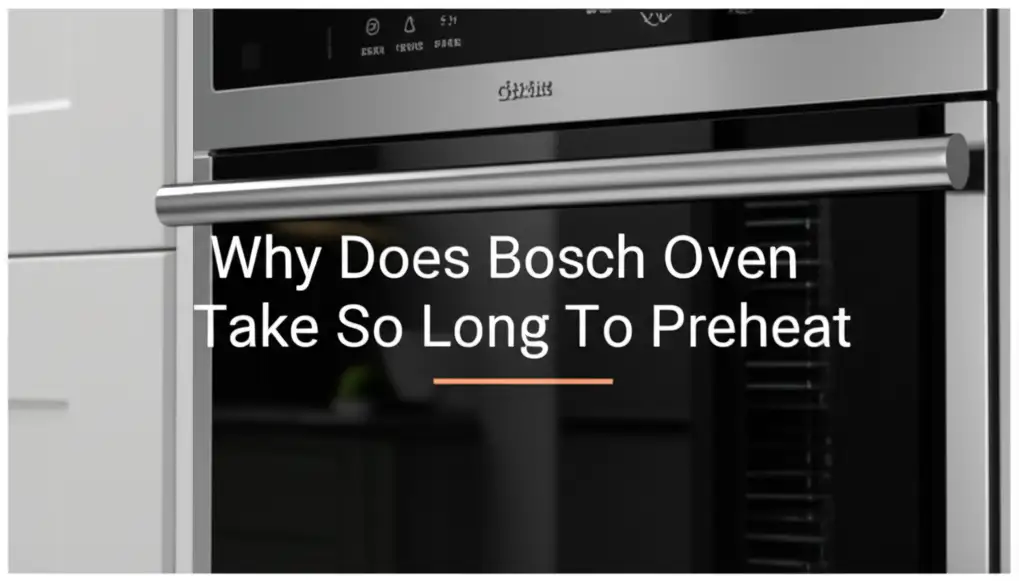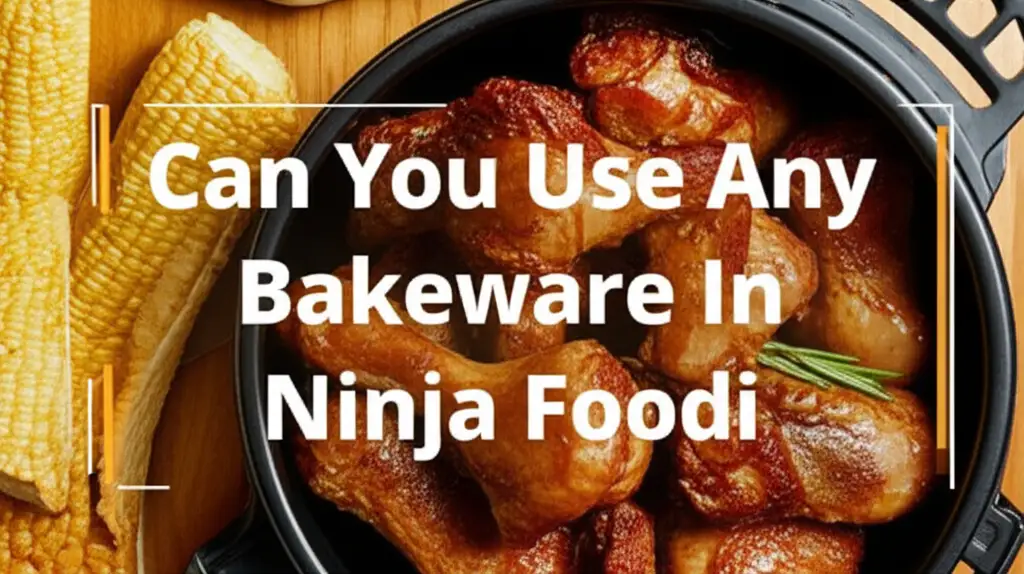· Todd Martin · Kitchen Appliances · 10 min read
Can You Use Ceramic Pan On Induction Hob
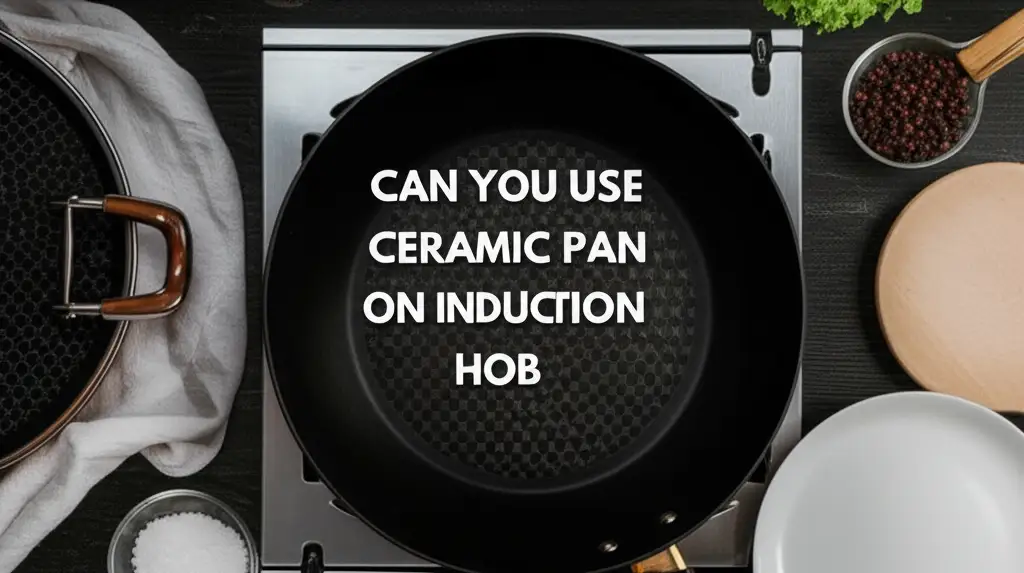
Using Ceramic Pans on Induction Hobs: What You Need to Know
The kitchen is a place of constant innovation. Modern induction hobs are a big part of this change, offering fast and efficient cooking. Many people wonder about their existing cookware. Specifically, can you use ceramic pan on induction hob? This is a common question, and the answer is not always simple.
Traditional ceramic pans are typically not compatible with induction technology. However, many new ceramic pans include special features for induction use. This article will explore how induction hobs work. We will show you how to check if your ceramic pan will work. We will also discuss the benefits and challenges of using ceramic pans on induction. You will learn important care tips for your cookware.
Takeaway
- Check the Base: Only ceramic pans with a ferromagnetic base work on induction hhobs.
- Magnet Test: A magnet should stick firmly to the bottom of the pan.
- Look for Symbols: Search for the induction coil symbol on the pan or packaging.
- Maintain Properly: Follow care instructions to prolong the life of your induction-compatible ceramic pan.
No, a ceramic pan typically does not work on an induction hob unless it has a special magnetic base. Induction technology requires cookware made from or containing ferrous metals to generate heat efficiently. Pure ceramic is not magnetic and will not heat up on an induction surface.
Understanding Induction Technology and How It Heats Cookware
Induction cooking relies on a special principle. It uses electromagnetism to heat cookware directly. An induction hob contains copper coils beneath its surface. When you turn on the hob, these coils create an oscillating magnetic field. This field generates heat.
The heat creation process is very precise. For this to happen, the cookware must be magnetic. Ferrous metals, like cast iron or magnetic stainless steel, react to the magnetic field. This reaction creates eddy currents within the pan’s base. These currents produce resistance, which turns into heat. This heat then cooks your food.
This method is different from traditional cooking. Gas or electric coils heat the pan from below. Induction heats the pan itself. This makes induction cooking very efficient. Less energy is wasted into the air. It also means the hob surface stays cool, making it safer. To learn more about general induction compatibility, you can read our guide on can you use any saucepan on an induction hob. You can also discover how to tell if saucepan on an induction hob by performing a simple test.
Why Traditional Ceramic Pans Don’t Work on Induction Hobs
Traditional ceramic pans are known for their non-stick properties. They often provide even heating on conventional stoves. However, pure ceramic material is not magnetic. This is a key reason for their incompatibility with induction hobs. Induction cooktops rely on magnetic fields to generate heat within the cookware itself.
Without a magnetic material in the pan’s base, the induction hob cannot create eddy currents. The hob’s magnetic field will simply pass through the ceramic. No energy converts into heat. Therefore, your food will not cook. It is like placing a glass bowl on an induction hob. Nothing will happen.
Many older or cheaper ceramic pans do not include a magnetic layer. They are designed for gas or electric resistance cooktops. These cooktops transfer heat through direct contact. Induction hobs work differently. They need specific material properties in the cookware. This explains why your favorite ceramic pan might not work on your new induction stove.
Identifying Induction-Compatible Ceramic Pans: What to Look For
Modern ceramic pans often bridge the gap between traditional materials and new technology. Manufacturers now design some ceramic pans specifically for induction hobs. These pans are not made of pure ceramic throughout. They include a special feature at their base. This feature makes them induction-ready.
The key to compatibility lies in the pan’s base. Induction-compatible ceramic pans have a ferromagnetic material integrated into their bottom layer. This is usually a disc of stainless steel or iron. This magnetic layer allows the pan to interact with the induction hob’s magnetic field. This interaction then generates the necessary heat.
You can easily check for compatibility. First, look for a symbol on the pan’s bottom or its packaging. The most common symbol is a coiled wire or loop. This often appears next to the word “induction” or “induction compatible.” Second, perform a simple magnet test. Hold a refrigerator magnet to the pan’s base. If the magnet sticks firmly, the pan should work on an induction hob. If it does not stick, the pan is not compatible. For more details on checking compatibility, explore our guide on how to tell if saucepan on an induction hob. You might also find it helpful to understand can normal saucepan be used on an induction hob.
Benefits of Using Compatible Ceramic Cookware on Induction Hobs
Using induction-compatible ceramic pans offers several advantages. These benefits combine the best features of both technologies. You get efficient cooking and a healthy cooking surface. This combination makes them a popular choice for many home cooks.
One main benefit is the non-stick property of ceramic coatings. Many ceramic pans offer a natural release surface. This means food slides off easily. You need less oil or butter when cooking. This contributes to healthier meals. For tips on using non-stick pans on induction, you can check out [how to use non-stick pan on induction stove](https://homeessentialsguide.com/how to use-non-stick-pan-on-induction-stove).
Another advantage is even heat distribution. The integrated magnetic disc in induction-ready ceramic pans ensures that heat spreads uniformly. This prevents hot spots. Your food cooks consistently across the entire pan surface. This leads to better cooking results, especially for delicate foods. Induction hobs themselves are highly efficient. When paired with compatible cookware, they save energy. Heat goes directly into the pan, not the surrounding air. This reduces cooking times and utility bills. Cleaning these pans is often simple. Their non-stick surface means less scrubbing. This ease of cleaning saves time and effort in the kitchen. For comprehensive cleaning instructions, refer to how to clean ceramic cookware.
Potential Challenges and Considerations for Ceramic Pans on Induction
While induction-compatible ceramic pans offer many benefits, there are also some points to consider. Understanding these factors helps you make an informed decision. It also ensures you get the most out of your cookware. Not all induction-compatible ceramic pans are created equal.
The quality of the magnetic base varies between manufacturers. Some cheaper pans might have a thin or poorly attached magnetic layer. This can lead to uneven heating. It may also result in the pan not being detected by the hob. A pan with a warped or uneven base might not make proper contact with the hob. This can reduce efficiency or cause the hob to shut off. Always check for a flat, smooth bottom when buying.
Overheating is another concern. Ceramic coatings can be sensitive to very high temperatures. While induction hobs are powerful, excessive heat can damage the non-stick surface over time. This can cause food to stick. Always follow the manufacturer’s temperature guidelines. Using medium heat for most tasks is often sufficient. If you are unsure when your pan is hot enough, you can find guidance on how to know when ceramic pan is hot enough. Also, learning how to keep eggs from sticking to ceramic pan often involves proper heat management.
Caring for Your Induction-Compatible Ceramic Cookware
Proper care extends the life of your induction-compatible ceramic pans. Following a few simple guidelines helps maintain their non-stick properties. It also keeps them looking new. Good care ensures optimal performance on your induction hob.
Always allow your pan to cool down before washing it. Sudden temperature changes can cause thermal shock. This can damage the ceramic coating or the magnetic base. Use warm water and a soft sponge with mild dish soap. Avoid abrasive scrubbers, steel wool, or harsh detergents. These can scratch or degrade the non-stick surface. For more detailed advice, refer to our guide on how to clean ceramic cookware.
While some ceramic pans claim to be dishwasher safe, handwashing is generally recommended. Dishwasher detergents can be harsh. They might reduce the pan’s lifespan. If you are curious about dishwasher use, check can you wash ceramic pans in the dishwasher. Store your pans carefully. Place a soft cloth or pan protector between stacked pans. This prevents scratches to the ceramic coating and the magnetic base. Always use non-metal utensils, such as silicone, wood, or plastic. Metal utensils can scratch the delicate surface. Avoid using cooking sprays. Some sprays contain ingredients that can build up and create a sticky residue. This residue can be difficult to remove and may reduce the non-stick performance over time. Remember that the surface of your induction hob also requires care. Learn how to clean ceramic stove top for a pristine cooking environment.
FAQ Section
Can all ceramic pans work on induction?
No, not all ceramic pans work on induction hobs. Only ceramic pans with a built-in ferromagnetic base are compatible. Pure ceramic material is not magnetic. It cannot interact with the induction hob’s magnetic field to generate heat. Always check for the induction symbol or perform a magnet test before use.
How do I check if my ceramic pan is induction ready?
You can check if your ceramic pan is induction ready in two ways. First, look for an induction coil symbol on the bottom of the pan or its packaging. This symbol indicates compatibility. Second, hold a simple kitchen magnet to the pan’s base. If the magnet sticks firmly, the pan contains the necessary magnetic material and will work on an induction hob.
What are the benefits of ceramic pans for induction cooking?
Induction-compatible ceramic pans offer several benefits. They provide efficient and even heating due to their magnetic base. Many feature a non-stick coating, requiring less oil for cooking. They are often free of harmful chemicals like PFOA and PTFE. Their smooth surface also makes them easy to clean.
Can I use an induction diffuser with my ceramic pan?
Yes, you can use an induction diffuser disc with a non-induction ceramic pan. This disc sits between the hob and the pan. The diffuser itself is magnetic and heats up on the induction hob. It then transfers heat to your non-induction ceramic pan. However, this method is less efficient than using a direct induction-compatible pan.
Are ceramic pans safe for induction?
Yes, ceramic pans designed for induction are safe to use. These pans are built with a magnetic base specifically for induction technology. When used according to manufacturer instructions, they pose no safety risks. Always ensure the pan is properly seated on the hob. Do not overheat the pan.
Conclusion
The question, “Can you use ceramic pan on induction hob?” has a clear answer. Not all ceramic pans are suitable for induction cooktops. Compatibility depends entirely on the pan’s base. Induction hobs need cookware with a magnetic bottom. This allows the electromagnetic field to create heat directly within the pan. Traditional ceramic, lacking this magnetic property, will not work.
However, modern kitchenware offers many excellent solutions. Manufacturers now produce ceramic pans with integrated ferromagnetic layers. These pans combine the benefits of ceramic’s non-stick properties and even heating with the efficiency of induction technology. Always perform the magnet test or check for the induction-ready symbol before buying or using a pan. Choosing the right cookware ensures safe, efficient, and enjoyable cooking. Make smart choices for your kitchen. Happy cooking!


